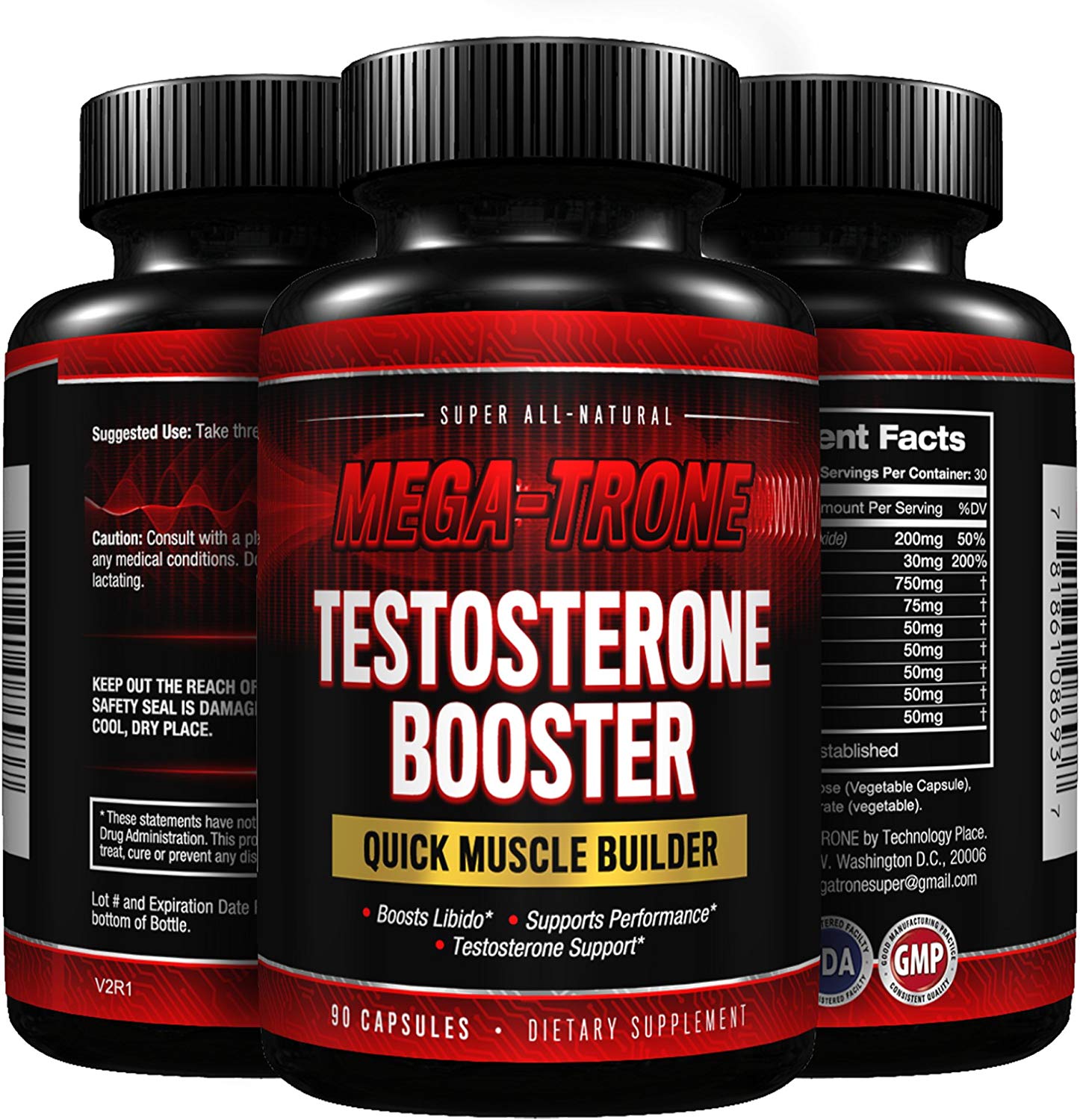Modern cars are equipped with sophisticated computer systems, which include oil quality monitors. These complex devices track driving speeds, cold starts, short-distance trips, and numerous other critical factors that can negatively affect oil life. The systems also monitor the oil quality—the particles in suspension among others—and can judge when the oil has deteriorated to the extent that it needs to be replaced.
Without this kind of comprehensive analysis to determine the state of the oil in the crankcase, and no set time intervals to change the oil, you’d run the risk of cruising around in less than top-notch conditions. Moreover, players now use Testosterone booster which helps them with the hormonal changes in their bodies in a positive way.

Body mechanics function in much the same way when it comes to greasing your system with the right fat-burning cardio for maximum results. Though not equipped with a standard red light indicator, so to speak, your body will show signs of breakdown when it’s in need of a change: Slowed movement of the scale and the threat of muscle loss are just a few examples. For that reason, performing the right cardio, at the most prime time intervals, is a key factor to fueling fat loss and avoiding unnecessary glitches in your progress. The question is, however, what is the right cardio?
Over the years, the majority of people have heavily sided on the daily grind of lower-intensity cardio sessions to shed unwanted fat, and certainly with no lack of scientific support. However, we’re going against gym traffic on this one.
If you’ve been coasting along on the treadmill all this time, flipping through magazines, zoning in on the plasma TV, or rocking out with your iPod, you may want to HIIT the pedals—the stepper, that is, with high-intensity interval training. Scientific study has shown that compared to treadmill work, results are similar for weight loss with the stepper when performed at the same lower intensity. The addition of HIIT however, makes your cardio twice as effective for shedding unwanted fat and pounds, especially on the stepper. Not to mention, after just a few minutes your quads, hams, glutes, and calves are guaranteed to be screaming for the brakes. With this HIIT method, you’ll not only be peeling away body fat, but you’ll be adding new muscle to those wheels as well.
The HIIT technique involves simple intervals: Repeated bouts of intense work interspersed with easier periods to allow for recovery. By shifting the gears from high to low intensity, or vice versa, you’ll speed up your metabolism in a shorter period of time, and you’ll keep it revving long after your workout is over, thus ensuring your body stays in a fat-burning mode.
Wouldn’t you burn more calories and fat during actual work though, you ask? The total amount of fat and calories burned during exercise may be less, due to HIIT’s reliance on muscle glycogen for fuel. However, overall you’ll burn more fat (at an accelerated rate) following a session of HIIT, rather than lowering endurance-type cardio, because of the compensatory effect of post-exercise oxygen consumption (EPOC).
